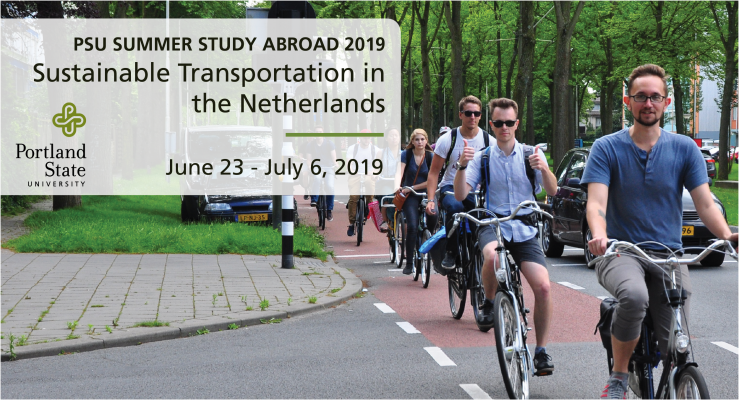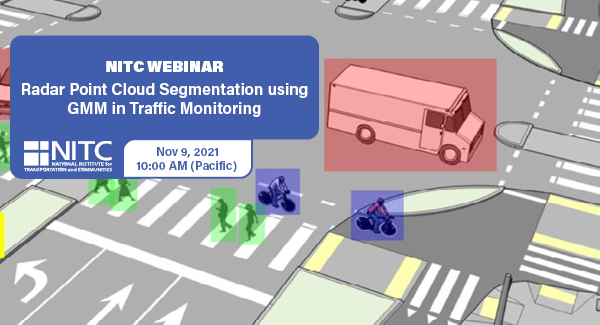Room 315 Engineering Building (ITS Lab)
If American cities are to serve the mainstream population of traffic-intolerant bicyclists, we need a broad range of low-stress facility types that can be applied depending on traffic and space constraints. This seminar will focus on two kinds of bicycle accommodations. A “Bicycle Priority Lane” is a shared lane treatment, like the shared lane arrow or “sharrow” that is becoming popular, intended for streets lacking the space to provide a dedicated bike lane. It enhances the sharrow by providing longitudinal markings that define a “lane within a lane,” drawing from “advisory lanes” (UK) and “suggestion lanes” (NL). We show how defining the bicyclist’s space objectively with road marking frees bicyclists from the stress of negotiating for operating space with motorists.
Separated paths or cycle tracks are bike paths along a road that are physically separated from moving traffic by a curb, median, or parking lane. For decades, they have been the mainstay of bicycle networks in the Netherlands and in Montreal, but have been shunned by US planners due to misplaced safety concerns. We will expose the flaws of the studies used to discredit separated paths, and discuss their safety record in the Netherlands and in Montreal. Practical issues in cycle track design will be discussed based on Montreal’s experience of the last two decades.



